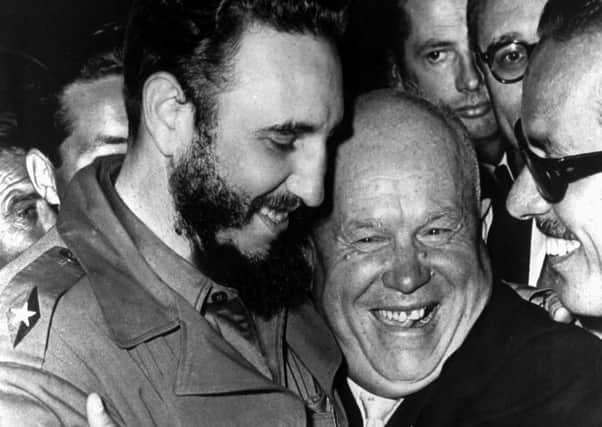Coronavirus: How we can learn from Cold War plans for a nuclear attack – Tom Wood


Joining the police in the late Sixties, you were issued with a vast array of documents, among which was a small orange-coloured book on ‘Police War Duties’. Printed in a tiny typeface, it was a ‘classified’ government publication setting out the police role in the event of nuclear war.
Twenty years before the fall of the Berlin Wall, the Cold War was still lukewarm and the text was all about Roentgens – the level of radioactivity, how to operate your personal dosimeter, a kind of Geiger counter and other heart-warming advice.
Advertisement
Hide AdAdvertisement
Hide AdThere was also instruction on testing the old air raid sirens still dotted around on public buildings as well as the workings of the Carrier Broadcast System, a hard-wired tannoy system for hearing the famous four-minute warning should the BBC be knocked out in some fiendish pre-emptive strike.
Twice a year, we would test these ancient pieces of kit suspecting that they might be pretty ineffective if the great day ever came.
Nuclear Armageddon
Being stationed pretty close to a prime target – the naval base at Rosyth – we feared we would be part of the fallout before we could have responded to a warning.
The truth is that we didn’t take it all that seriously, it all seemed a bit archaic, but a few years earlier it had been anything but. We now know that the Cuban Missile Crisis, just 12 days in October 1962, brought us closer to nuclear Armageddon than at any time before or since.
The late Sixties was also the last hurrah of a remarkable system of collective community effort – Civil Defence. A legacy of the Blitz and the Cold War, the Civil Defence Corp was formed in 1949 with one purpose – to assist recovery in national emergencies, principally nuclear attack.
By 1956 an impressive 330,000 volunteers had joined up and had Khrushchev not blinked and withdrawn his missiles from Cuba that autumn in 1962 they may have been called upon to deal with mass evacuation, care for thousands of homeless and deal with hellish consequences of radioactive fallout.
Selfless community spirit
Thankfully we will never know how effective they would have been in the face of such a catastrophe.
Old photographs show them in old-fashioned tunics and baggy trousers – all very Dads Army – but the reality was different. They were in deadly earnest, dedicated and gave of their time selflessly with a genuine community spirit.
Advertisement
Hide AdAdvertisement
Hide AdAs the wheel turns and we face a new threat, certainly the greatest since that time, perhaps we have lessons to learn from the spirit and the organisation of the old Civil Defence Corp.
As for the orange-covered Police War Duties Manual – I suspect there may not be a copy remaining in the library at Police Scotland Headquarters. Perhaps I can help – I think I still have mine somewhere.
Tom Wood is a writer and former deputy chief constable
Comments
Want to join the conversation? Please or to comment on this article.
